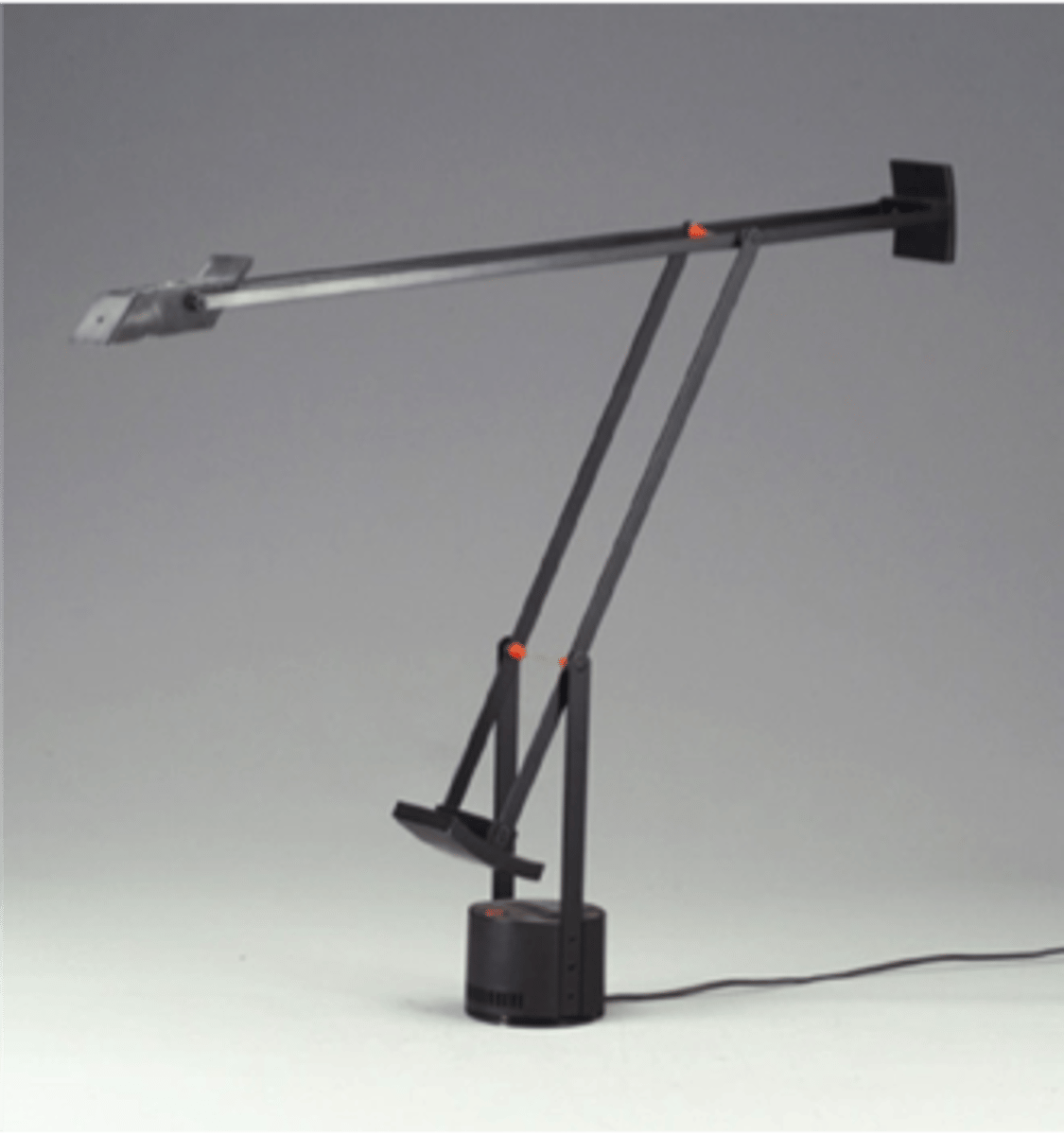Mid-Century Modernism
1/21
There's no tags or description
Looks like no tags are added yet.
Name | Mastery | Learn | Test | Matching | Spaced |
|---|
No study sessions yet.
22 Terms
Mid-century modernism
Originally called "Good Design" but was renamed. It's major influences were WWII was induction, new materials and process, and post-WWII: "we are now modern"
World War II: synthetic resins/glues used to laminate wood because it's lightweight, adds strength, and is moldable
Mid-century modernism summary
Lifestyle focus:
Modern living
Good Design
-Fulfills its function
-Respects its materials
-Is suited to method of production
-Combines these in imaginative expression
Materials derived from war industry:
-Laminates with synthetic resins
-Plastics
-Fiberglass
Processes: experimentation and testing
-Molding
-Plastic fiberglass
-Wood
-Sculptural concrete
-Wire mesh
-Single-shell molding
Museum of Modern Art, NYC, 1941
1939 - 1946: Eliot Noyes appointed Director of Industrial Design
1941: Eliot Noyes starts holding annual “Good Design” exhibits in the galleries
-“Selection will be on the basis of eye appeal, function, construction and price”
-Selection of designers rather than individual pieces
-Expansion of single design into a larger group
Immediate manufacture and marketing
Charles Eames, Eero Saarinen exhibition: molded chairs with compound curves
-First prize in "chairs"
-Mapped the form of the human body onto machine-made furniture
-Molded veneers
-Synthetic resins
-Compound curves
-Split to reduce tension; aid ventilation
-WWII airplane: cockpit seats made of laminated wood with synthetic resins, lightweight, removable.

Leg splint, 1942,Charles and Ray Eames
Wood veneers
Synthetic resins
Molded
Single form/shell

LCW (lounge chair wood) chair, Charles and Ray Eames, 1946
-Wood veneers
-Synthetic resins
-Molded into compound curves
-5 sections
-Exposed bolts
-Rubber shock mounts: responsive backrest
-Golden Means Proportion
-Charles: "the details are not the details. They make the design."
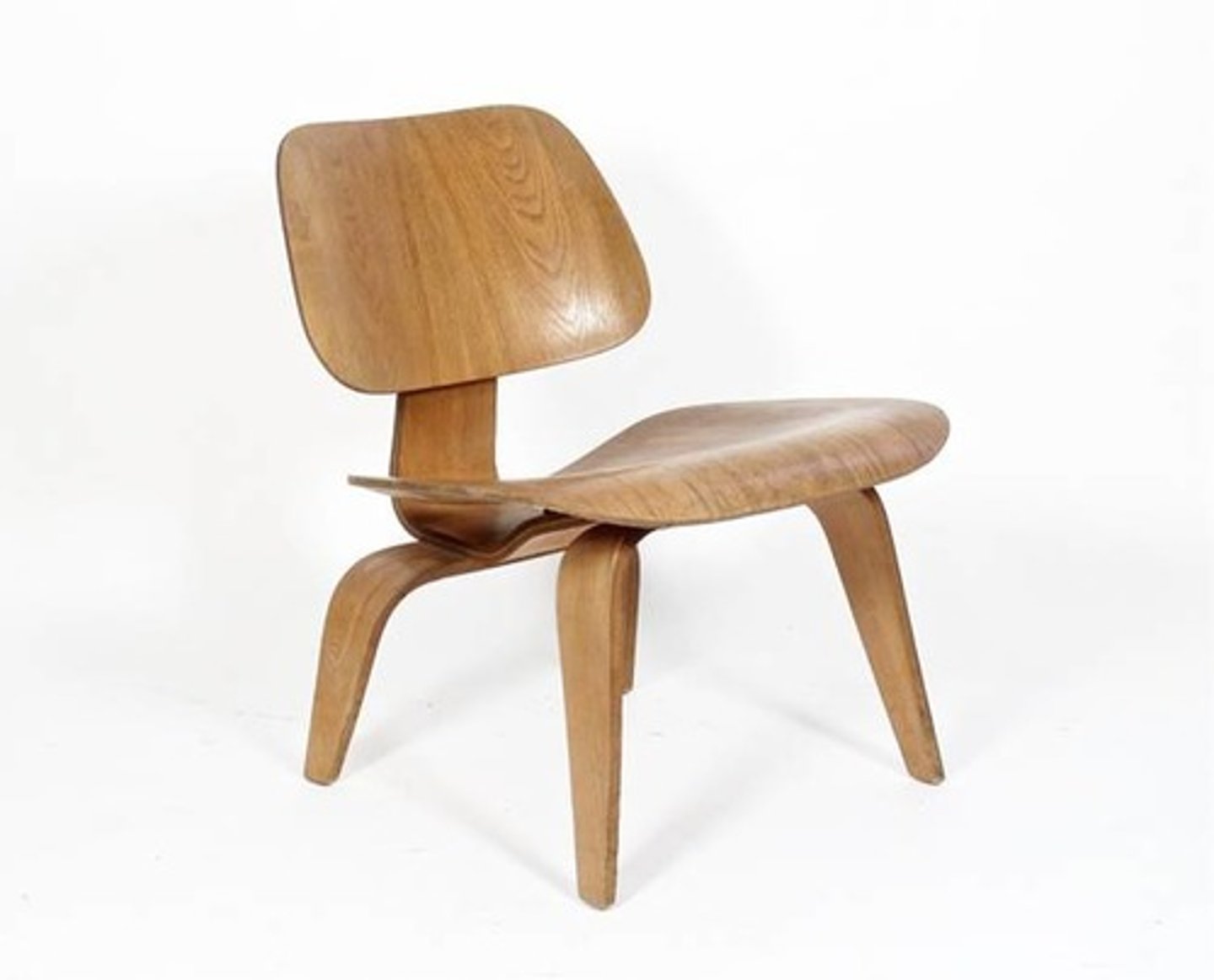
Molded polyester chair, Charles and Ray Eames,1950
-Polyester seats molded into compound curves
-Single integrated shell
-Aluminum base: "Eiffel Tower Base"
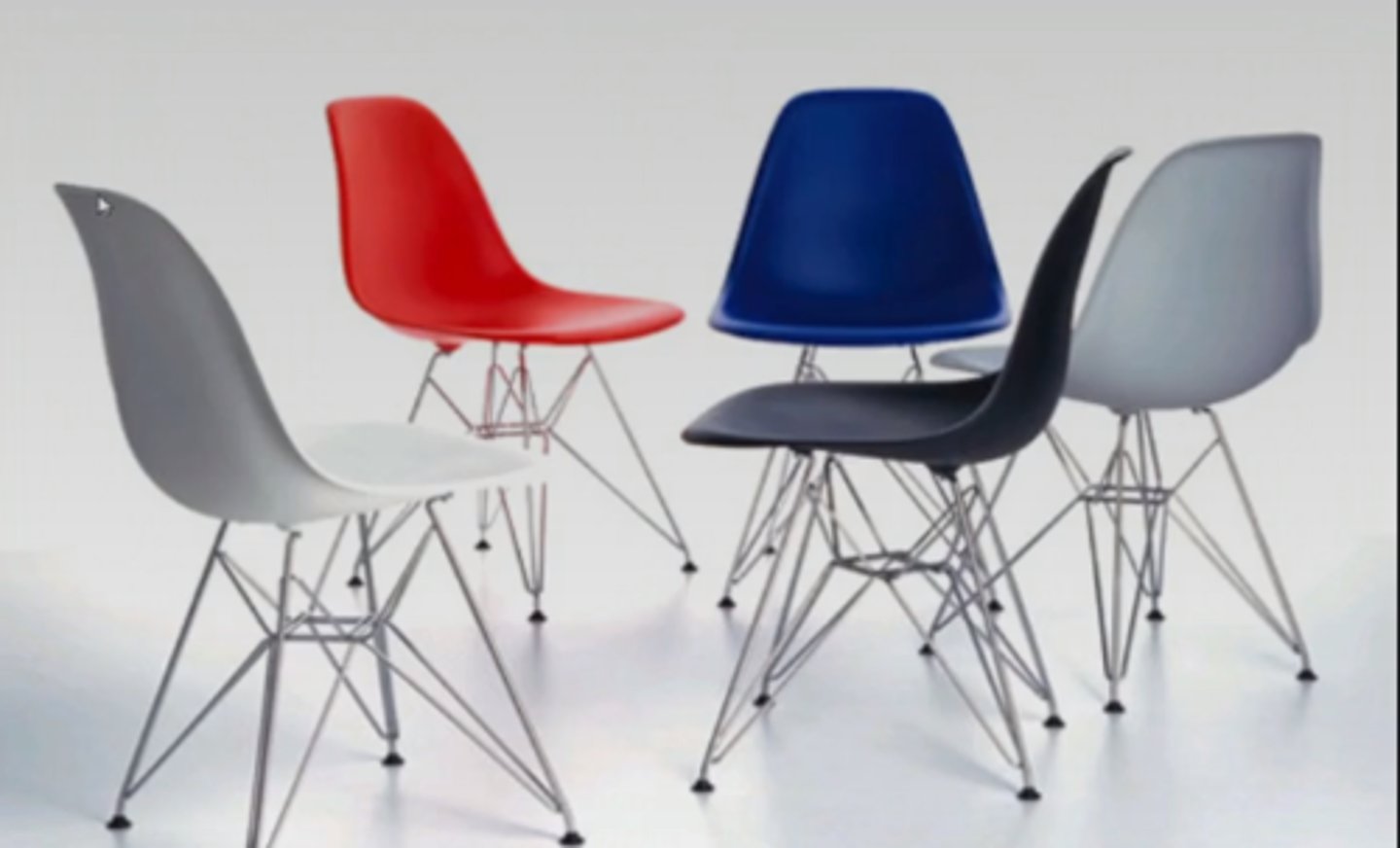
Molded fiberglass chair with compound curves, Charles and Ray eames,1950
-Integrated single shell design
-Arm rest
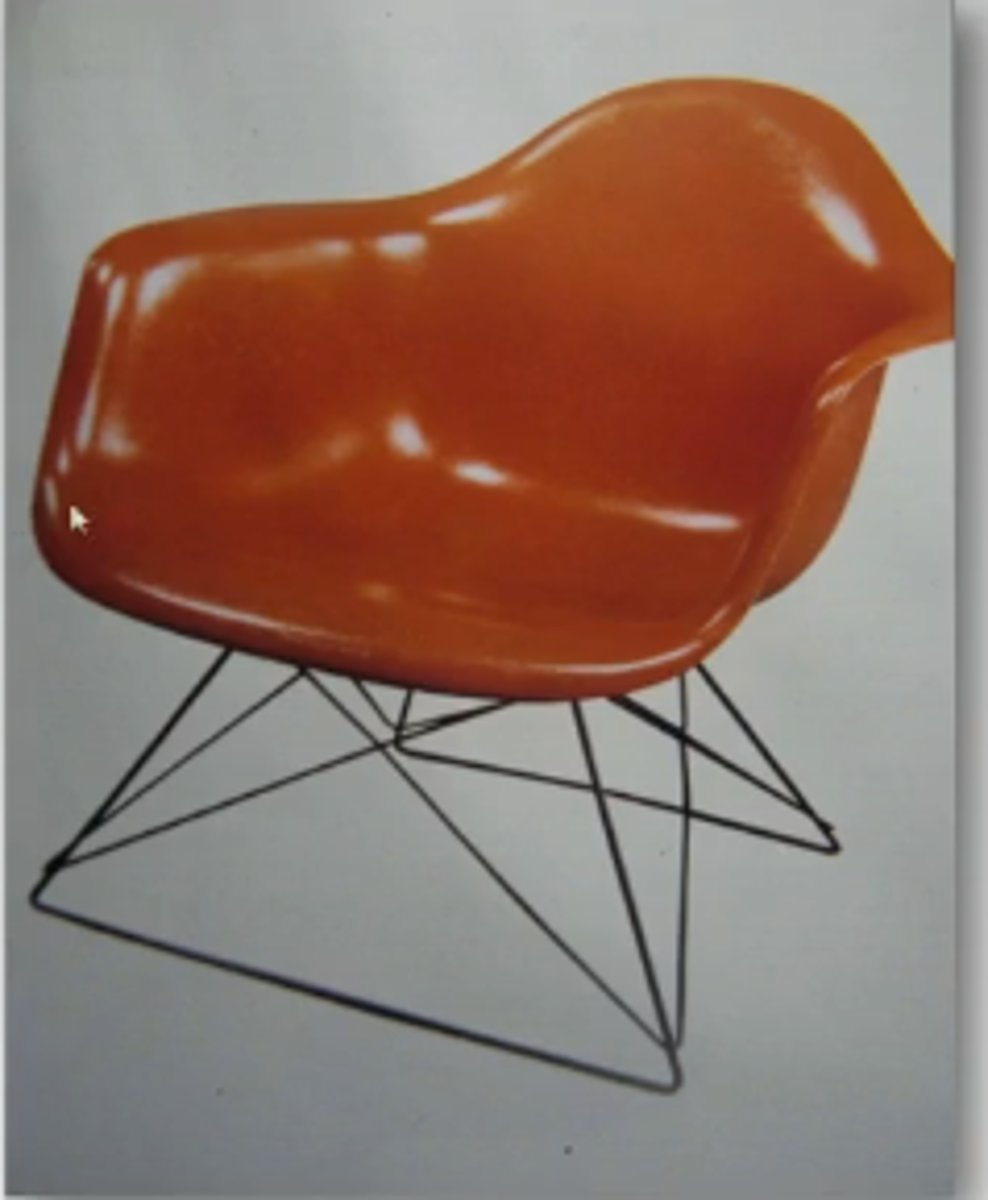
Rocker armchair, Ray and Charles Eames,1950
-Fiberglass seat: single integrated shell
-Aluminum base
-Wooden rockers
-Rubber shock mounts
-Charles: "Design is the appropriate combination of materials in order to solve a problem"
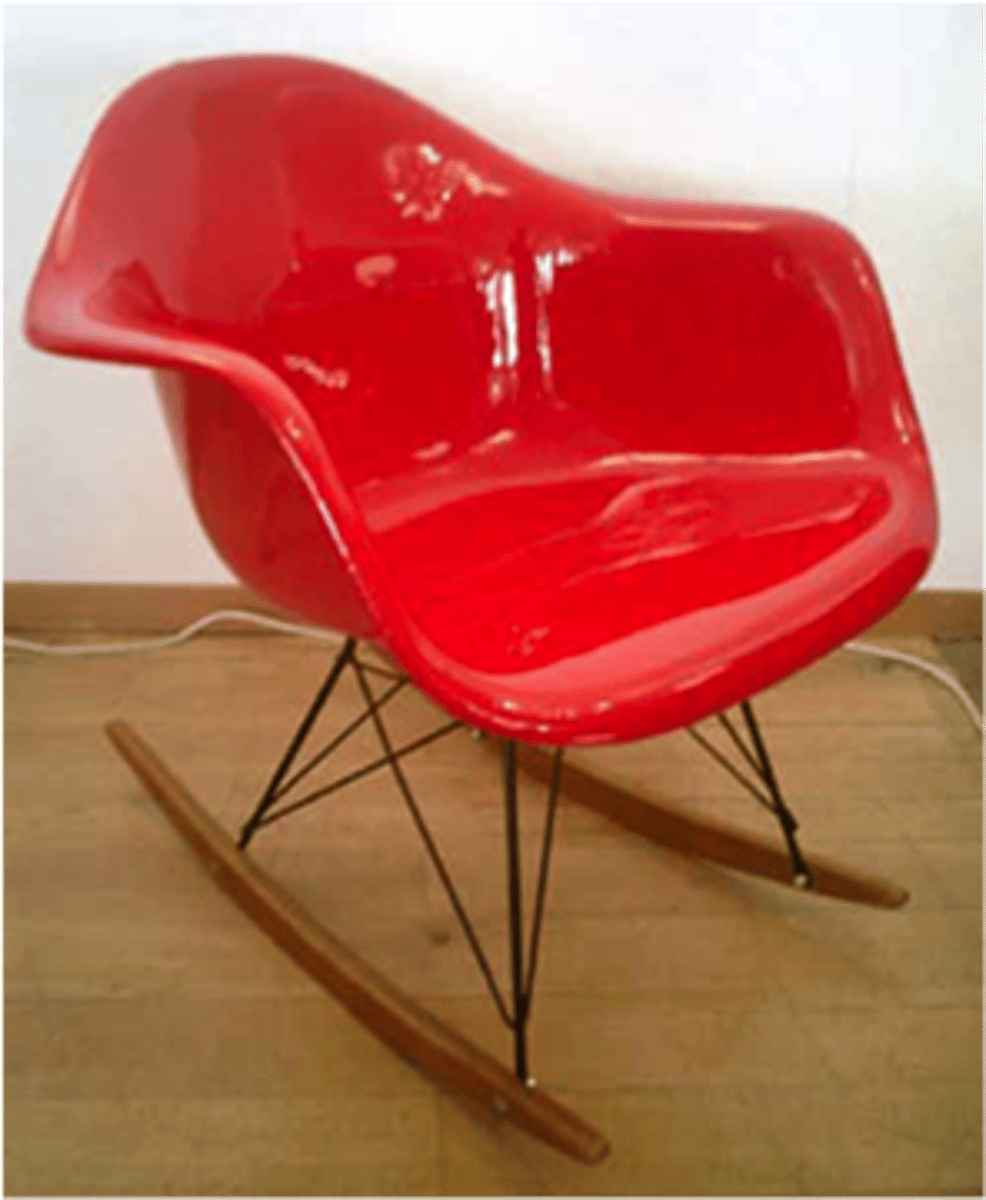
Lounge chair and ottoman, Ray and Charles Eames,1956
-Ray: "comfortable and un-designy"
-Charles: "my vision was for a chair with the warm, receptive look of a well-used first baseman's mitt"
-articulated form
-Passive half: support
-Active half: flexible and adjustable
-Each molded wooden part:
-5 thin layers of plywood
-Rosewood veneer
-lambskin/goose down filling
-"High-end" expensive
-"Thinking of how a chair looks comes pretty far down on the list of things I worry about when designing. I only think about how they look in relation to how they are doing their job."
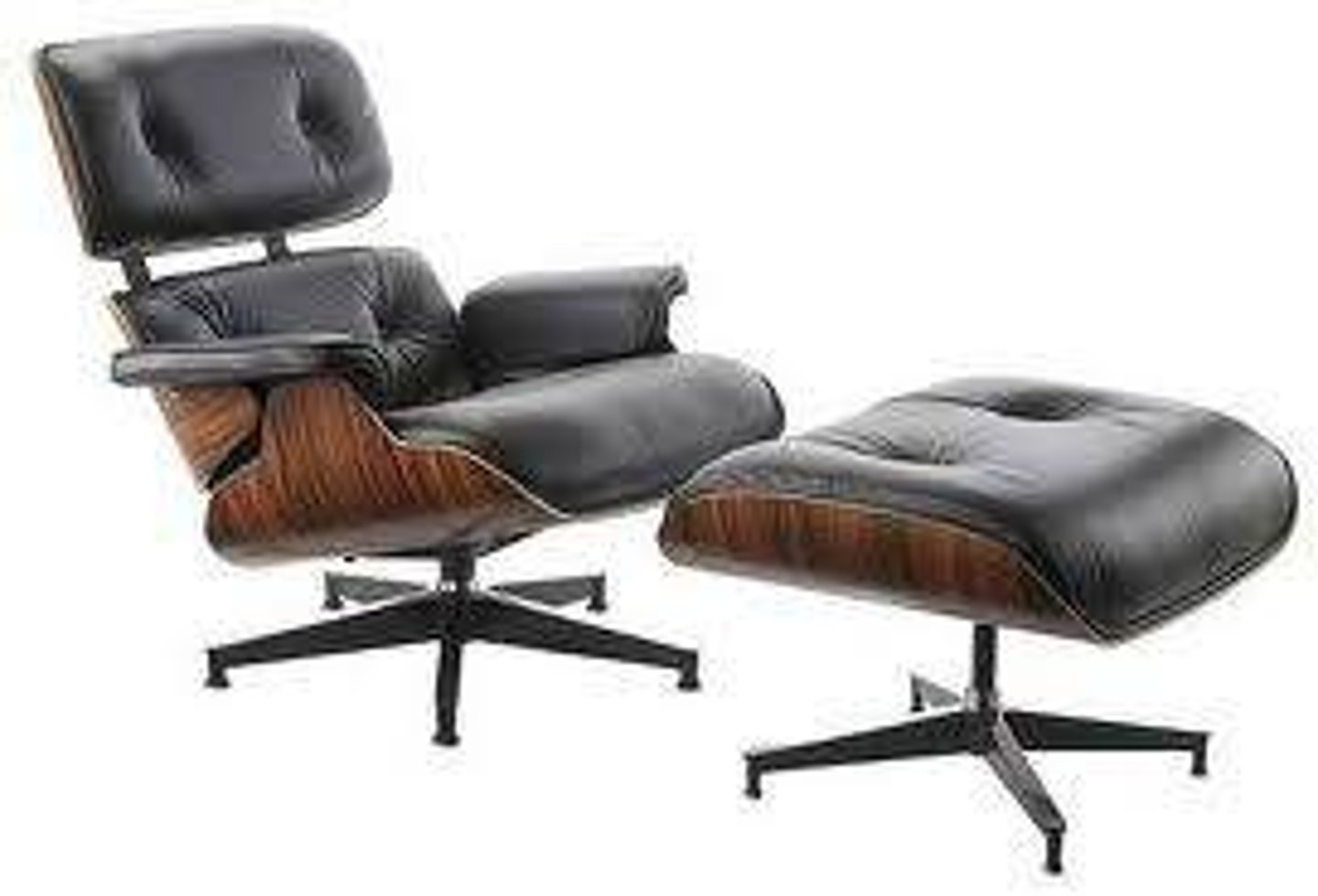
Storage unit, Ray and Charles Eames,1949 - 1950
-Molded wooden laminate panels
-Aluminum panels
-Aluminum structure
-Strut system
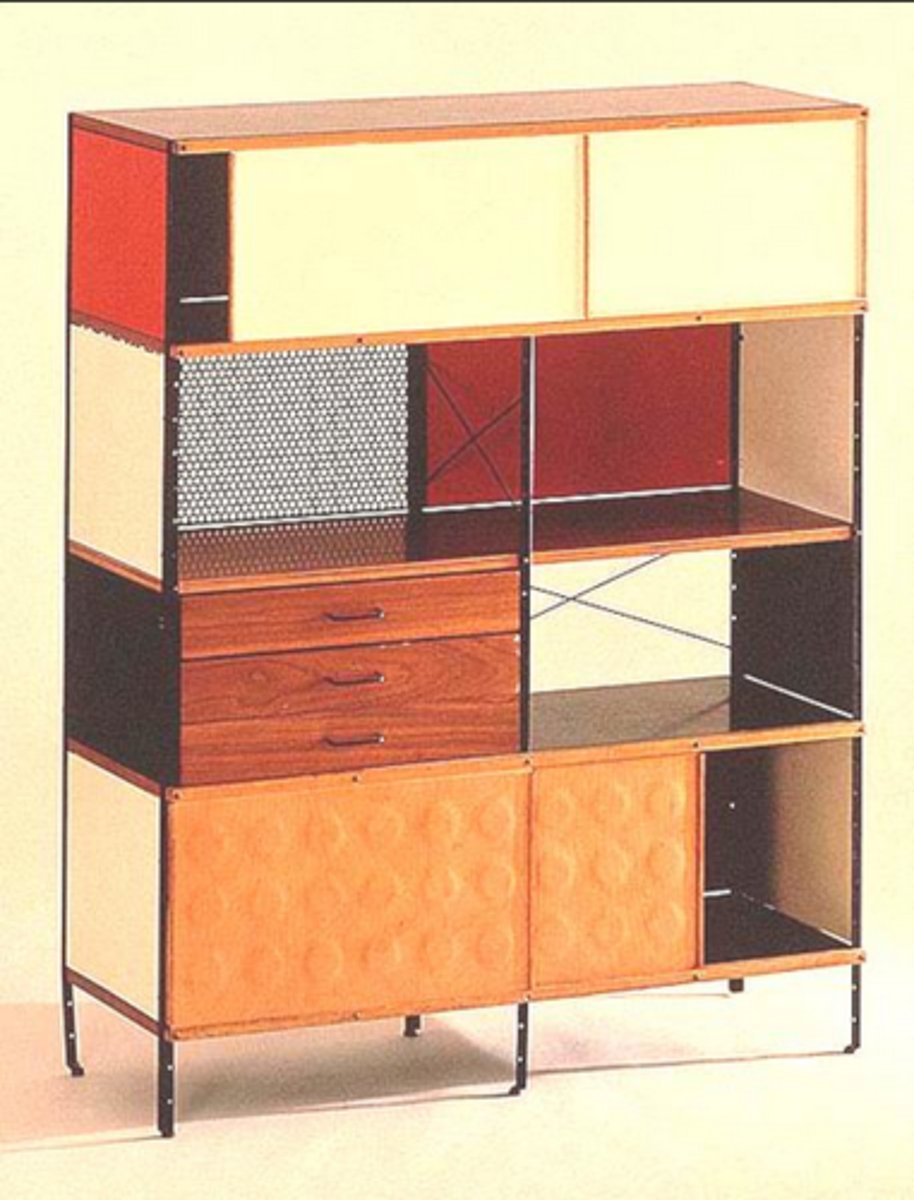
“La Chaise”,fiberglass, Ray and Charles Eames,1948
-Inspired by Gaston Lachaise's 1927 "Reclining Nude" sculpture and wittily named La Chaise
-Put into production 1990
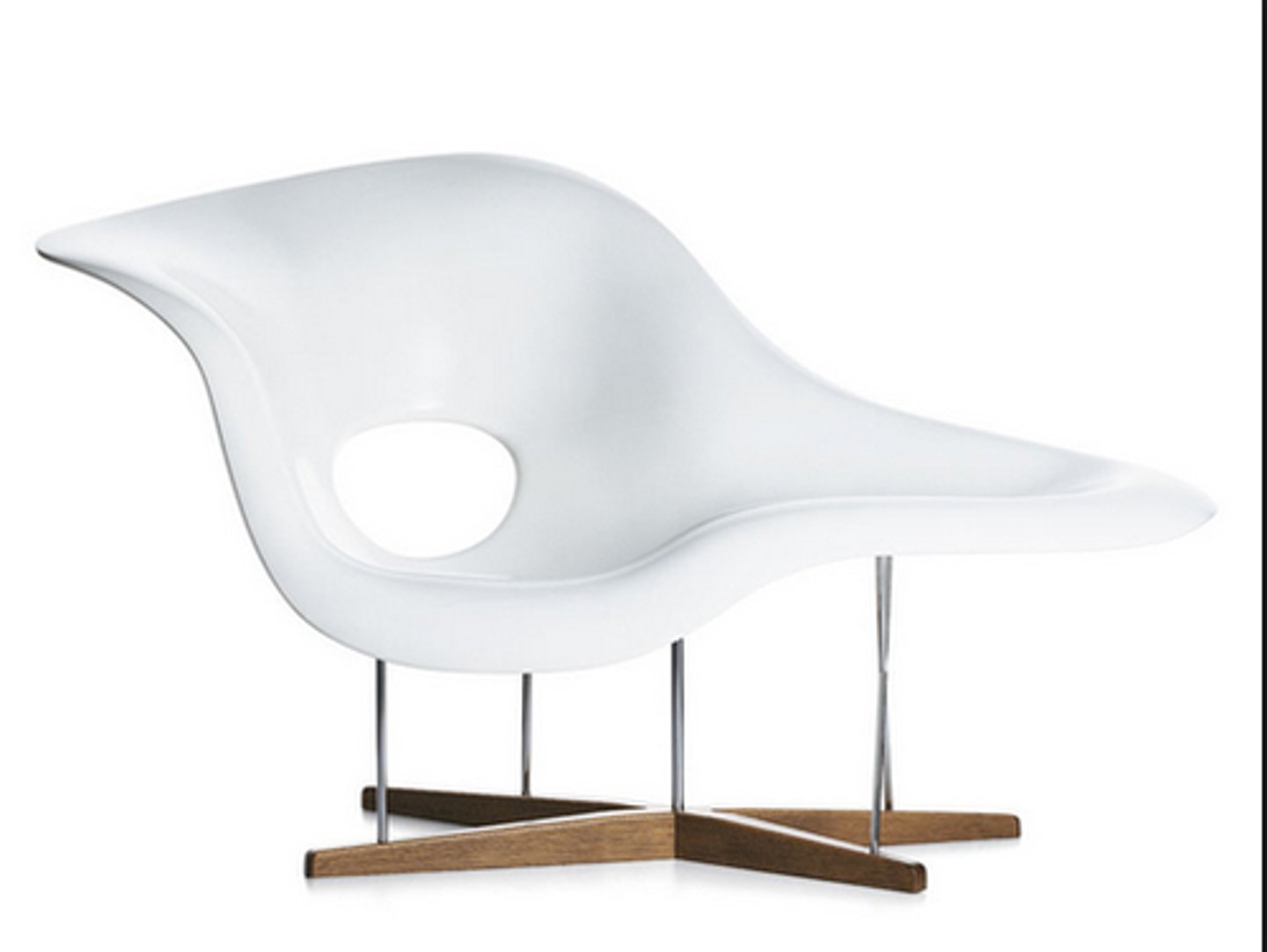
Womb chair, Eero Saarinen,1948
-Aluminum frame
-Fiberglass shell
-Latex foam
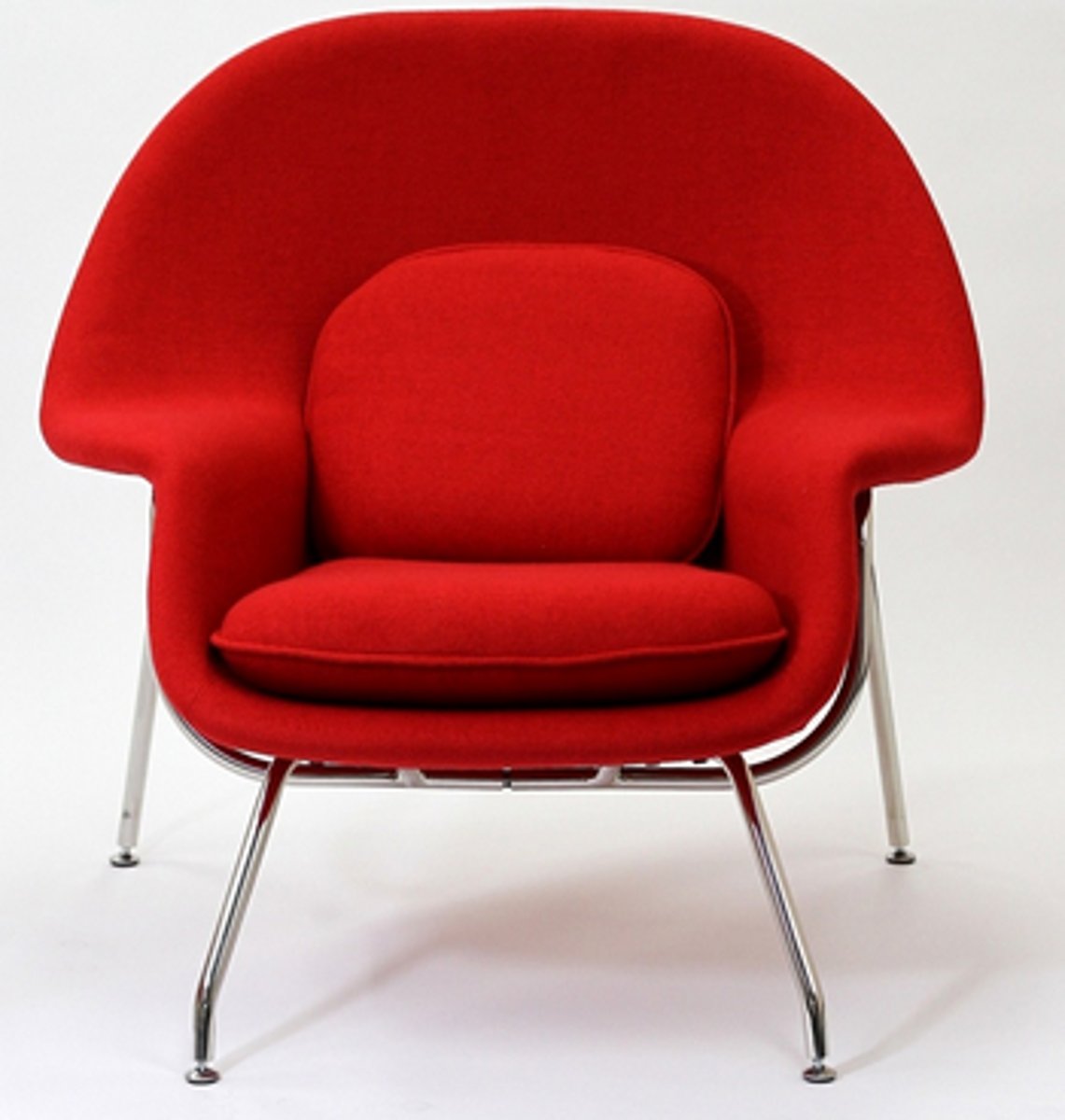
Tulip chair and table, Eero Saarinen,1957
Knoll and associates- Florence Knoll
Knoll funded 2 years of testing
Saarinen wanted to design a single shell that was weight bearing
Pedestal form “a chair that was all one thing… a structural total cast in one piece of one material”
Aluminum pedestal
Fiberglass seat
Enamel paint over both the fiberglass and aluminum
“The undercarriage of chairs and tables makes for an ugly, confusing, unrestful world. I wanted to clear up the slum of legs.I wanted to make the chair all one thing. I wanted to clear up the subscape- the floor level view.”
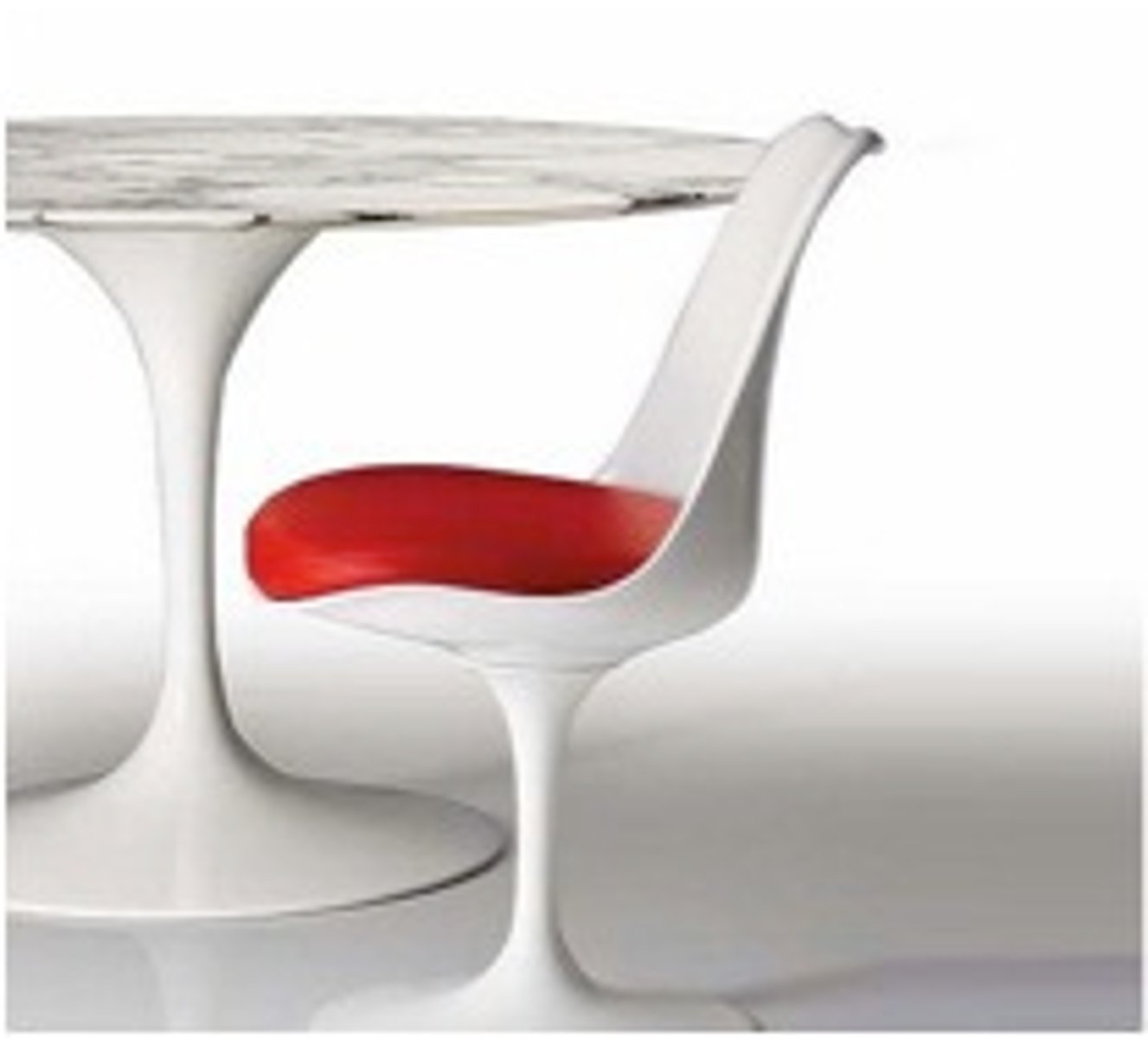
TWA terminal, JFK airport, NYC, Eero Saarinen,1962
-Molding with concrete
-Compound curves
-"Shapes were chosen to emphasize an upward soaring quality of line. We wanted to imply an uplift"
-Sculptural concrete
-subscape
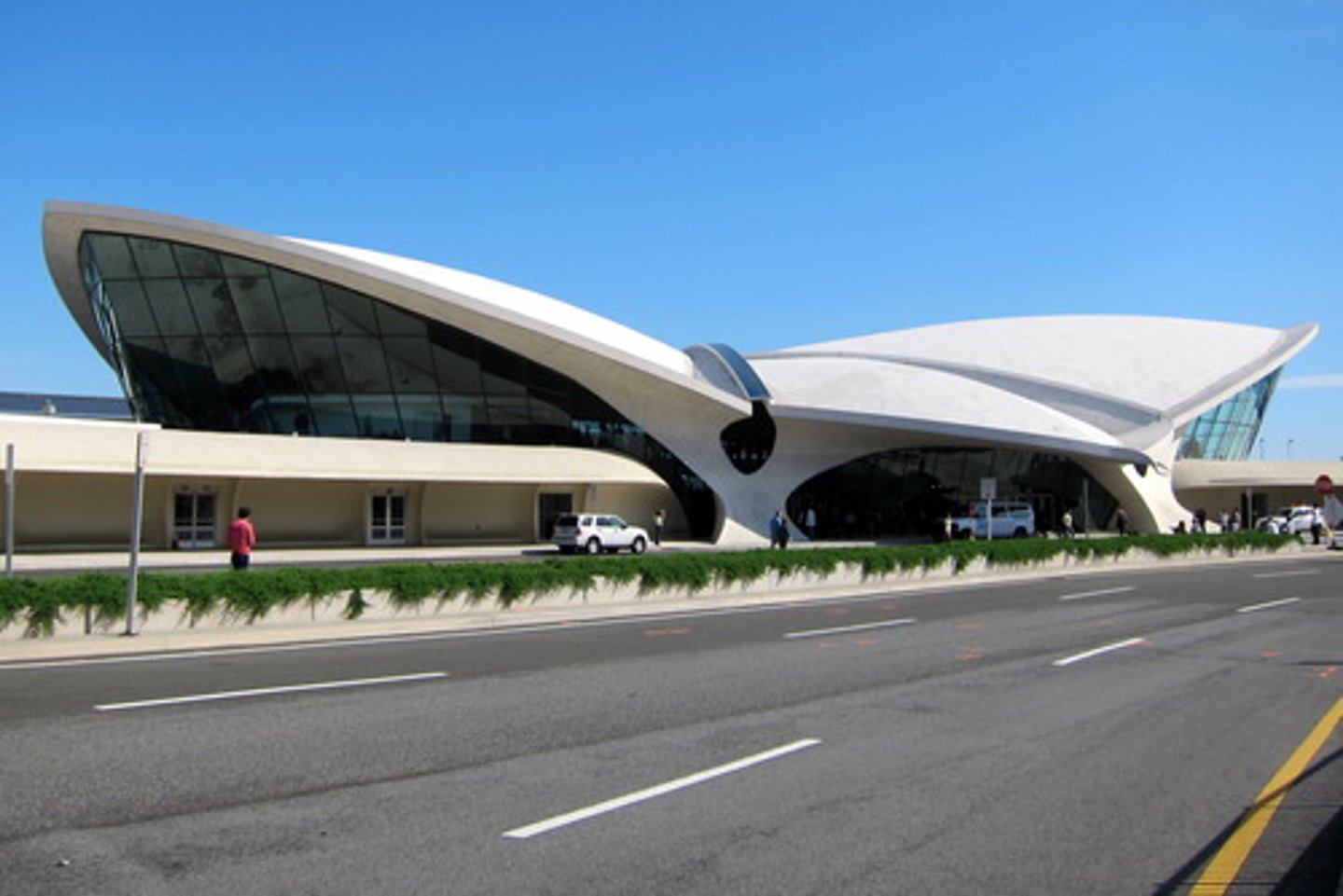
Gateway Arch, St. Louis, Eero Saarinen,1965
-Catenary arch
-630ft tall and 630ft wide
-1076 steps
-Sheathed in stainless steel
-Equilateral triangle: 54 feet at base, narrows to 17 feet at top
-1076 steps/ elevators/tram: 5 people
elevators/tram: 5 people
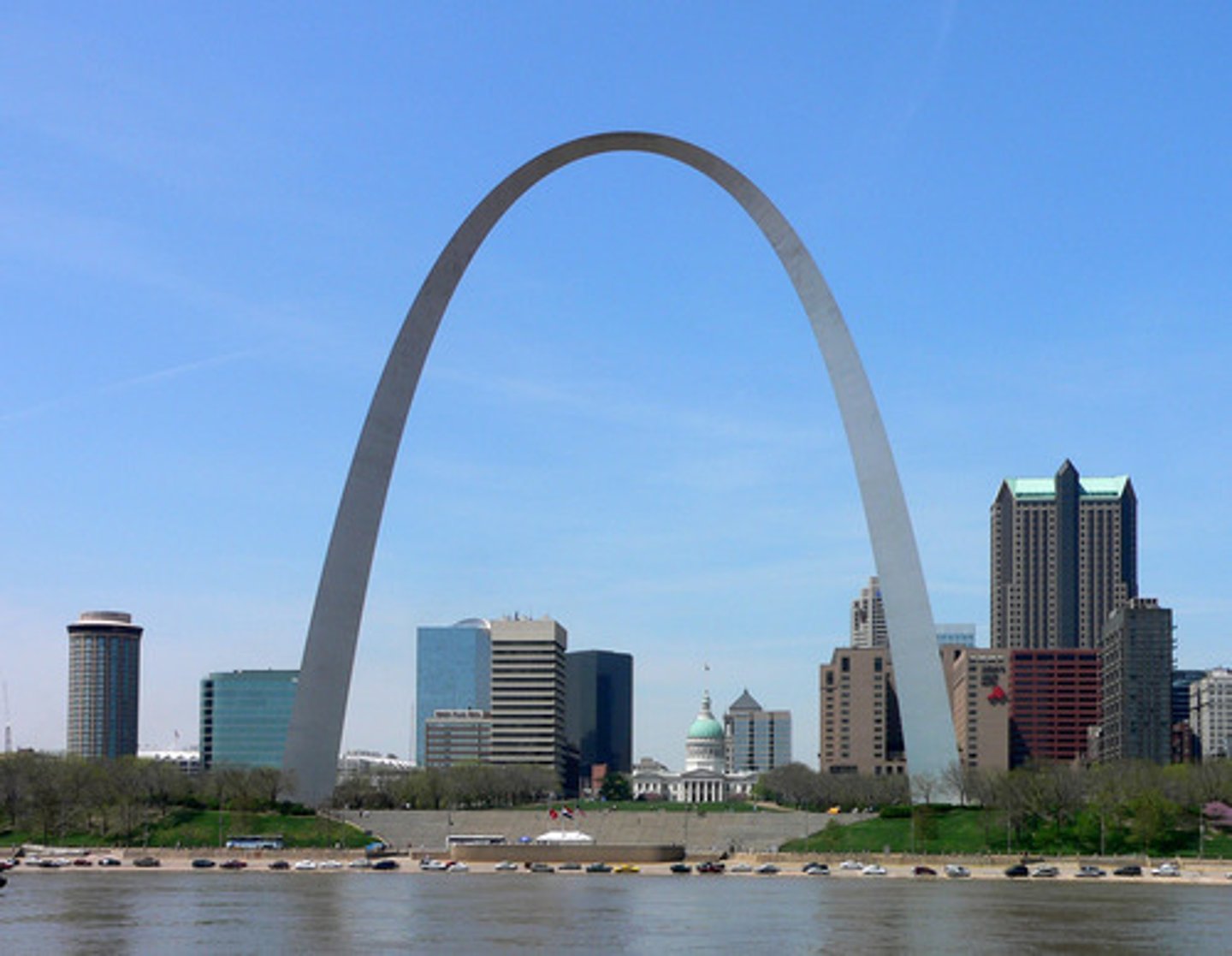
Ant chair, Arne Jacobsen,1952
chair shaped like an ant
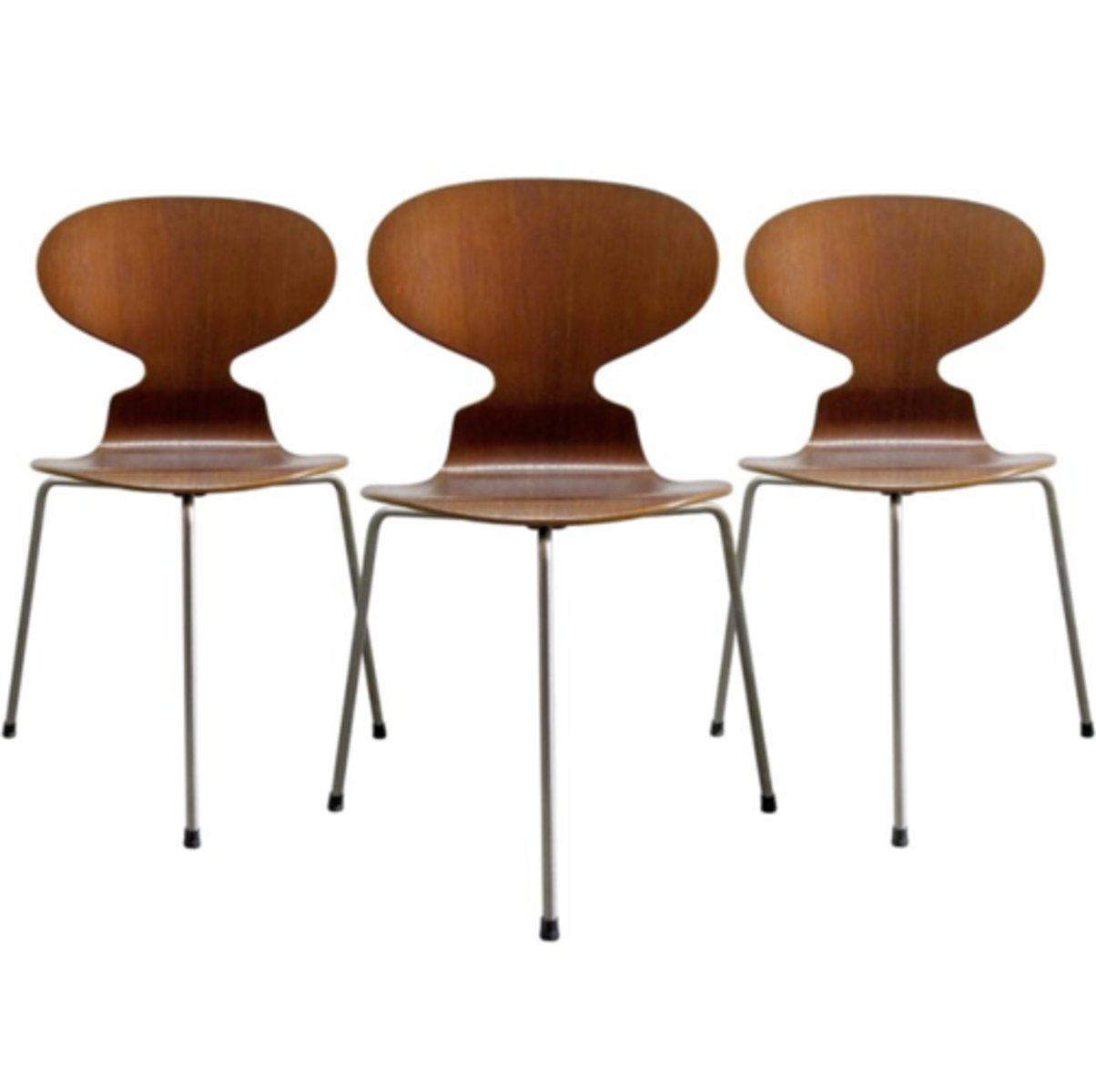
Egg chair,Arne Jacobsen,1958
Fiberglass shell
Latex foam
Aluminum pedestal
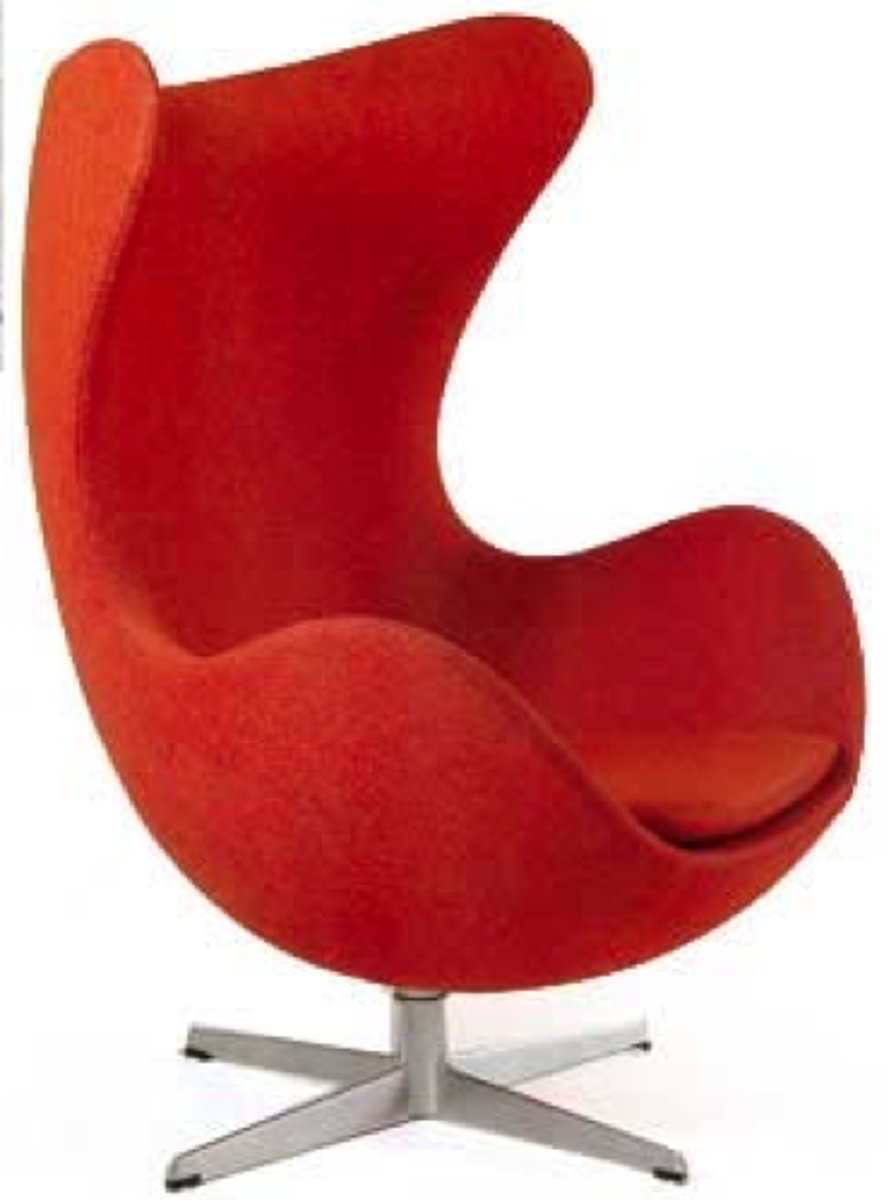
Swan chair, Arne Jacobsen,1958
swan shaped chair
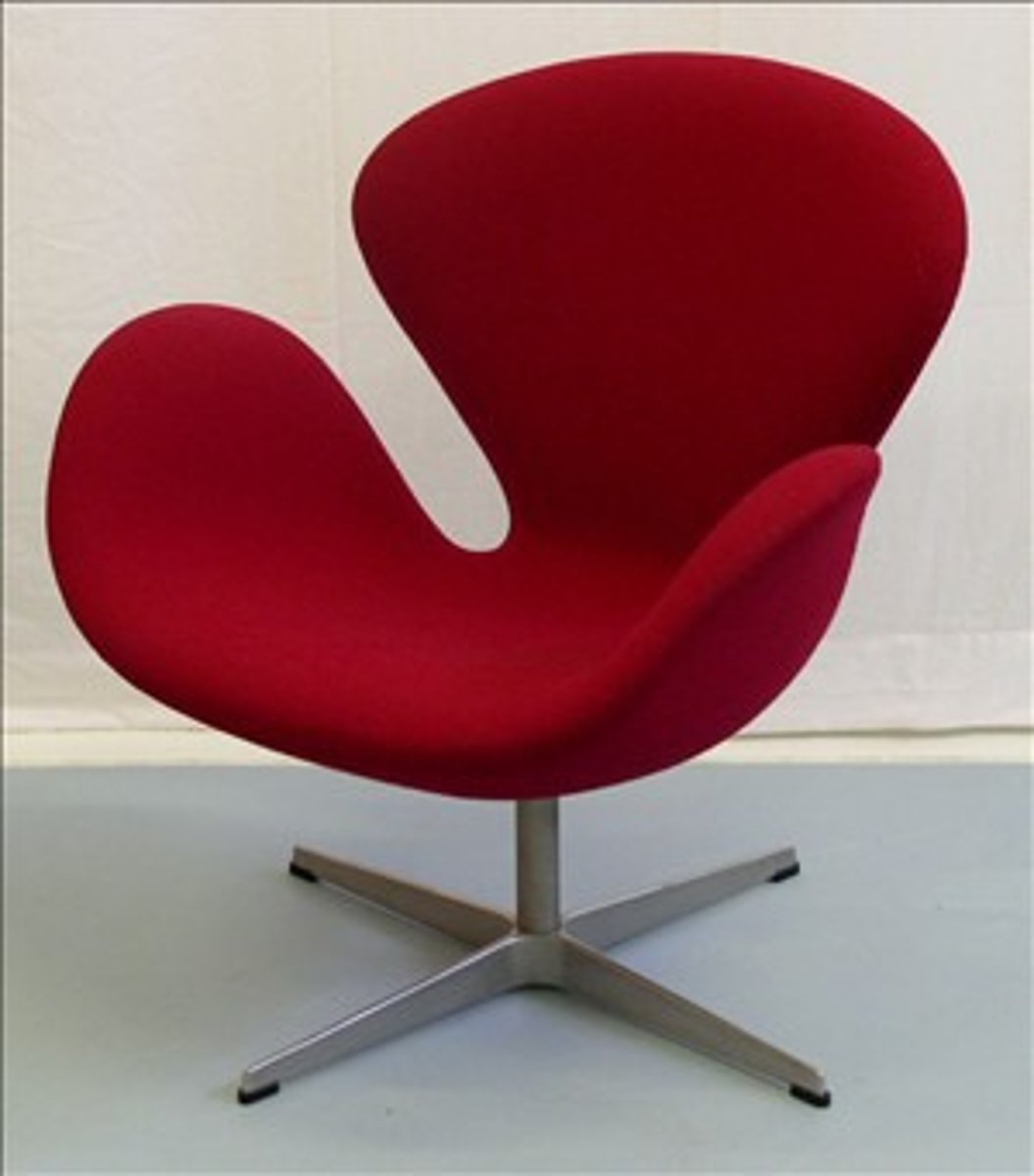
Florence Knoll
Sofa, chair, table, 1950s
"We are modern"
Clean lines
minimalist
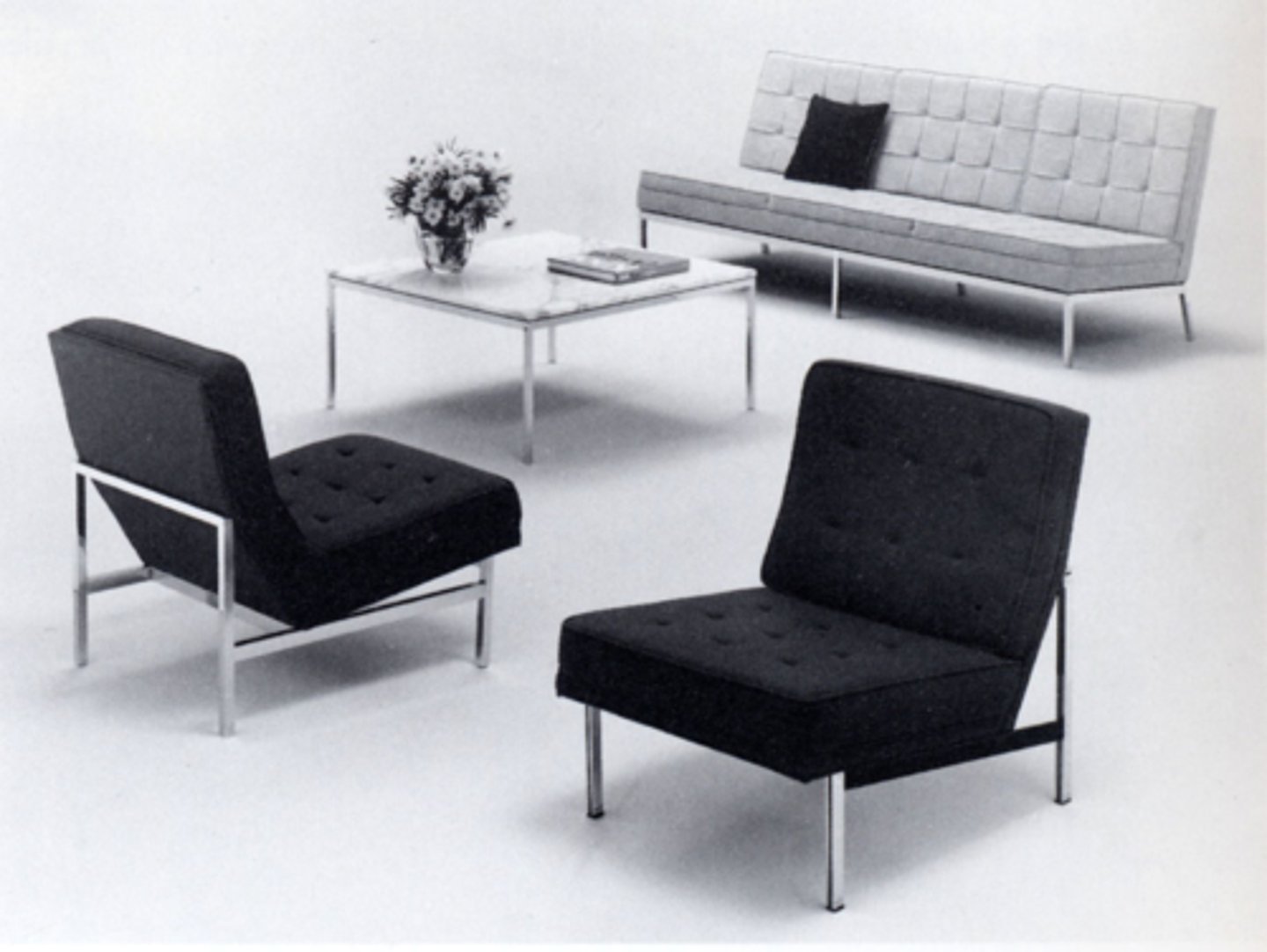
Wire mesh chairs, Henry Bertoria,1950s
-"Wire mesh stretched and molded"
-"Concerned primarily with space, form and the characteristics of metal. The wire mesh chairs are mostly made of air, much like sculpture. Space passes right through them"
-"Sound sculptures"
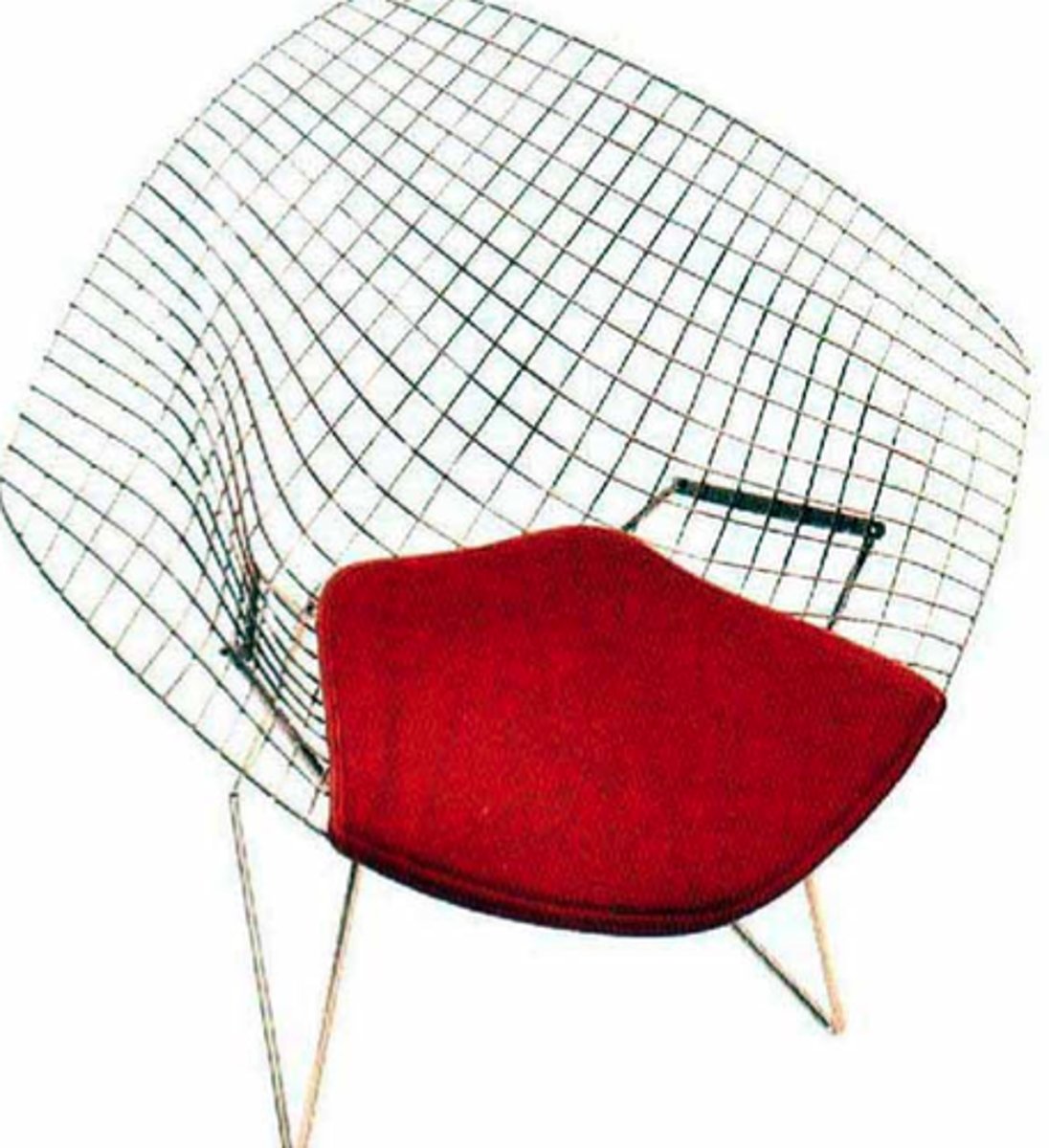
Tizio lamp, Richar Sapper,1972
-Tizio = "fellow" in Italian
-Transformer in base
-No cord running to bulb, electricity conducted along arms
-Push-pull adjustments (finger pads)
-Counter-balance: balances and stabilizes itself
-Golden means measurement
-Sculptural aesthetics
